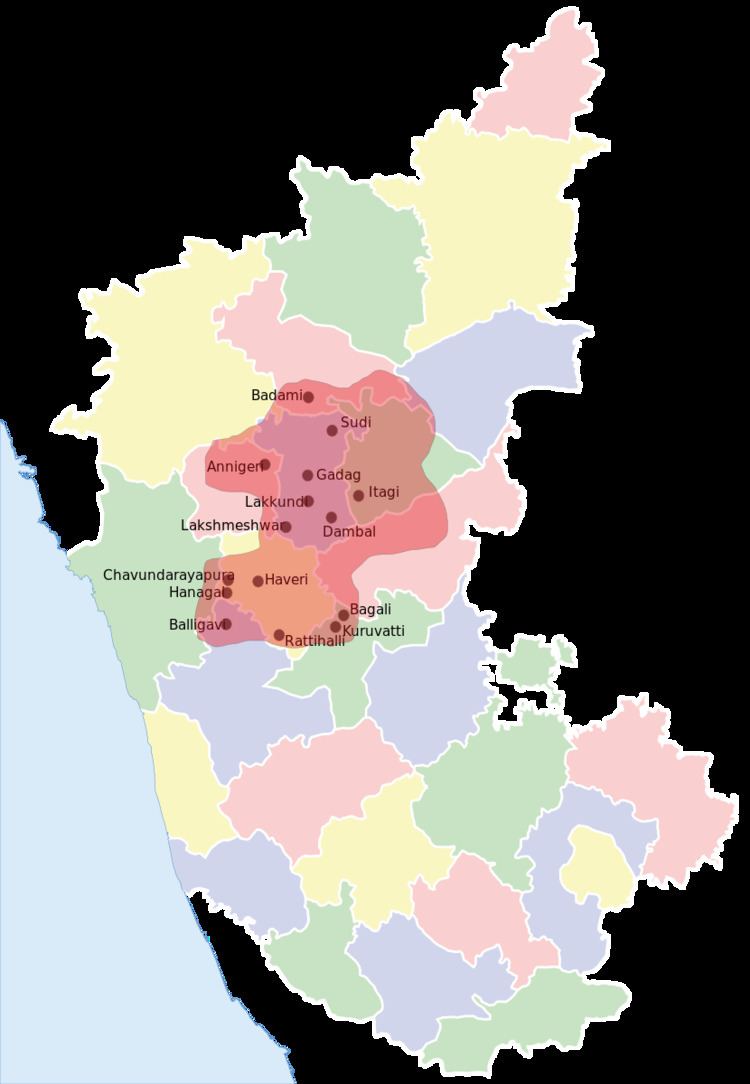Bellary (Kannada: ಬಳ್ಳಾರಿ pronounced [ˈbəɭɭaːri]) is a historic city in Bellary District in Karnataka state, India.
(Text) CC BY-SA

